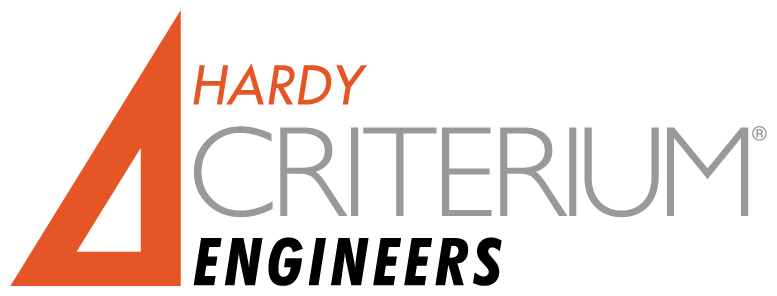One of the primary business duties of Home Owners Associations is maintaining and preserving property values of the Association’s common property. To do this properly, Home Owners Associations must develop funding plans for future repair or replacement of major common area components. An HOA reserve study is a budget planning tool that identifies the current status of the reserve fund and establishes a stable and equitable funding plan to offset the anticipated future major common-area expenditures.
1. All HOA Reserve Study preparers are not equal.
There are a number of ways to evaluate the qualifications of the person or firm whom you are going to retain to perform your study. Key factors when making your decision should include the following: knowledge and experience of the provider, ability to understand the clients’ needs, local expertise and availability, quality control and accountability, and professional education. A key to evaluating this qualification is to have this portion of the work performed under the direction of a licensed Professional Engineer (PE), as the license confirms that the person has been trained and educated in performing this type of evaluation.
2. All Reserve Studies are not equal.
Until just a few years ago, most reserve studies included a list of all of the components, their replacement cost, and remaining useful life in order to determine what the next years funding should be. After many years of discussion and development by the Reserves Committee of the Community Associations Institute, it was agreed by the leading Providers from across the United States that all Reserve Studies should include not only this “Physical Analysis” but also a comprehensive “Financial Analysis”. This is now the standard. The physical analysis is important because it determines the existing condition and actual expected life of the common elements. The financial analysis focuses on the planning and budgeting of replacing these common elements, and includes a cash flow projection of the reserve fund over a 20-year period.
3. Full Funding of a HOA Reserve Study may mean that you are over funded.
There are a number of different “Funding Goals” which are recommended for use as the basis for your Association’s future reserve fund planning. “Baseline Funding” is when the cash flow projection reaches $0 at some time over the projection period. “Component Full Funding” is based on keeping every individual component within the Study 100% funded. In most instances, this will result in a significant amount of funds, which are never used during the cash flow projection period. “Threshold Funding” is when the amount in the fund during the cash flow projection period is based upon keeping a minimum balance within the fund. “Statutory Funding” is based upon the establishment of the amount to be funded as dictated by the local state requirements.

4. The Replacement Costs included within a HOA Reserve Study should consider replacement alternatives, not just replacement with the exact same component or system.
In many instances the original component, which is being replaced, either is no longer available or has become outdated since it was first installed. By making recommendations for alternatives to the initial installation, the Association may be able to install a replacement component or system with a significantly longer life, such as a new type of roofing system, or a component or system which is much more energy efficient such as a new HVAC system. In both cases, this will result in either a reduction in the recommended contributions to the Reserve Fund or a reduction in your energy costs.
5. The Reserve Study can be used for much more than just estimating the Association’s contributions to the Reserve Fund.
The Reserve Study cash flow analysis can also determine how the Association’s Reserve Funds can be invested. They give the Association the ability to plan for the actual replacements, therefore making it easier to negotiate more effectively with contractors. An investment plan can be established to maximize the return on these funds based upon when they will be needed.
6. The HOA Reserve Study will not be the only funding the Association will need for the upkeep of the common elements.
The Reserve Study is only for the major repair or replacement of the common and limited common elements that are the Association’s responsibility. A reserve fund is intended to cover non-annual maintenance, repair and capital improvement costs. If the proper maintenance is not performed, it can result in a significant loss of useful life for the reserve components.
7. The actual cost of performing the replacement work, when it occurs, may vary from the costs included within the study.
In preparing the reserve study, the replacement costs that are used are based upon both industry estimating standards as well as the actual cost of similar projects that have been performed. Actual costs at the time work is done are influenced by many variables, and in order to keep the replacement costs as well as the anticipated useful lives current, the Reserve Study should be updated (including a site visit) on a regular basis.
Learn more about the Reserve Study.

